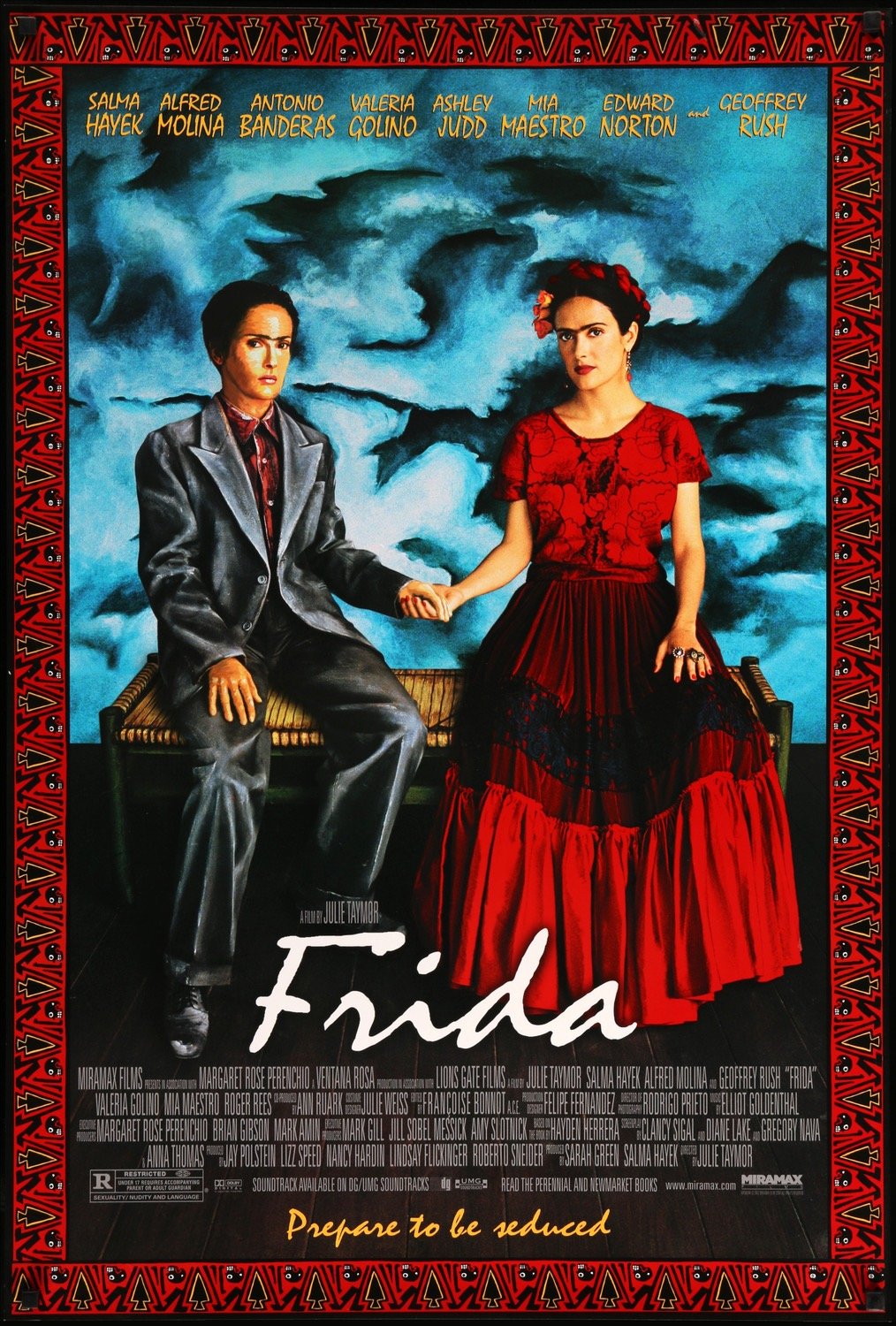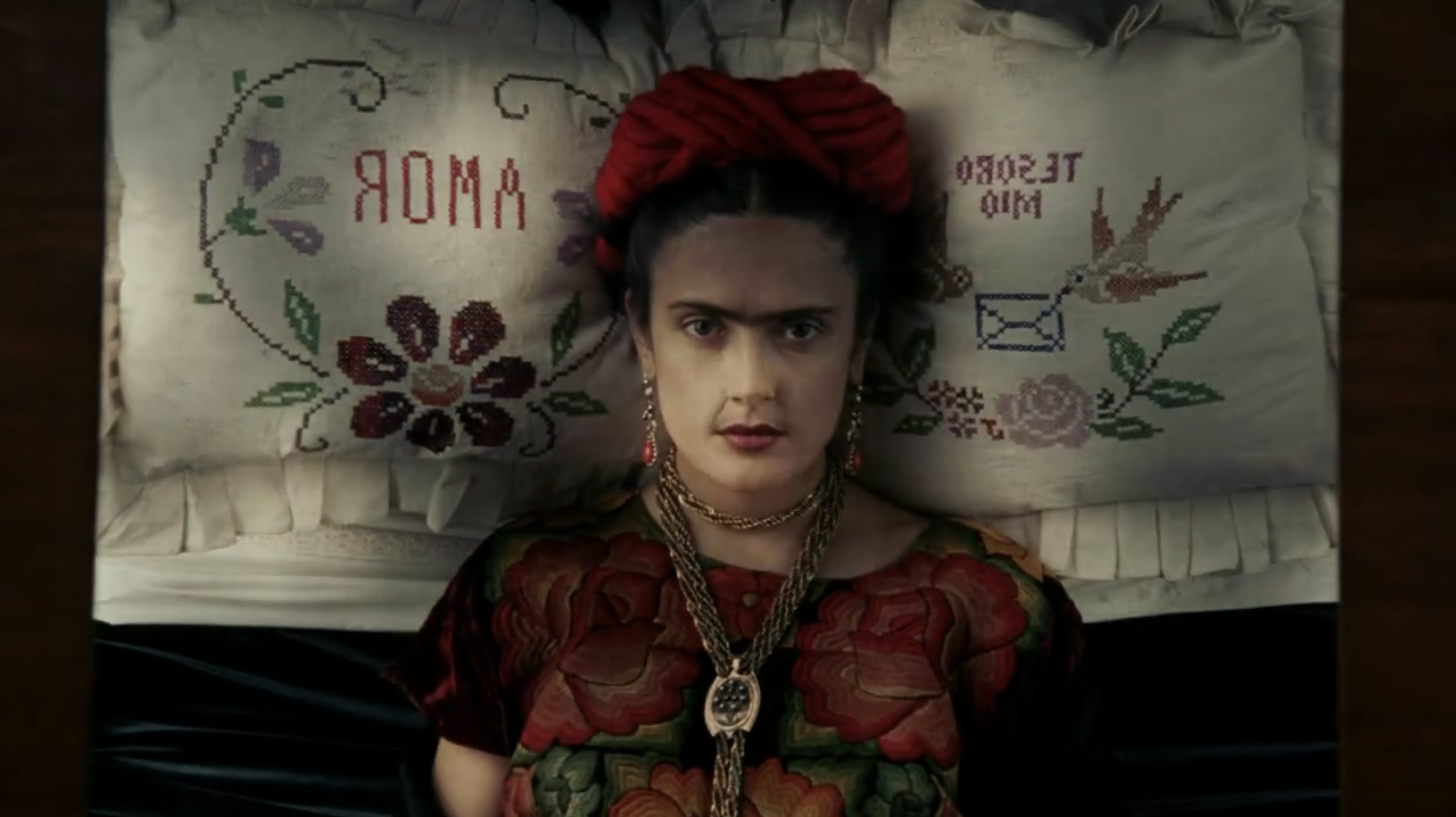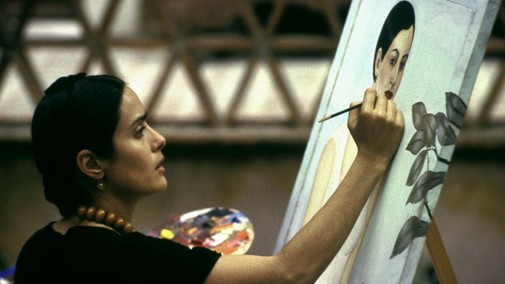The beauty of Rodrigo Prieto's cinema
 Tuesday, August 11, 2020 at 11:58PM
Tuesday, August 11, 2020 at 11:58PM 
Our look at 2005's Best Cinematography Oscar nominees continues. First, we explored the filmography of Australian wonder Dion Beebe, and now it's time to shine a light on another master cineaste, this one from Mexico.
Throughout his career, Rodrigo Prieto has worked with a variety of artists and projects, spanning from independent shorts to internationally acclaimed auteur cinema, from pictures full of Oscar buzz to Taylor Swift video clips. His big breakthrough came in 2000 with Alejandro G. Iñárritu's Amores Perros and, since then, he's become a name known to any cinephile worth their mettle. In those early projects, Prieto's style was mostly identifiable by a passion for high-contrast imagery with coarse, grainy textures, but, over the years, he's evolved into a creator of sober imagery that's more interested in evoking a severe elegance than dazzling with aggressive stylings.
Here are 10 highlights from Prieto's enviable filmography…








